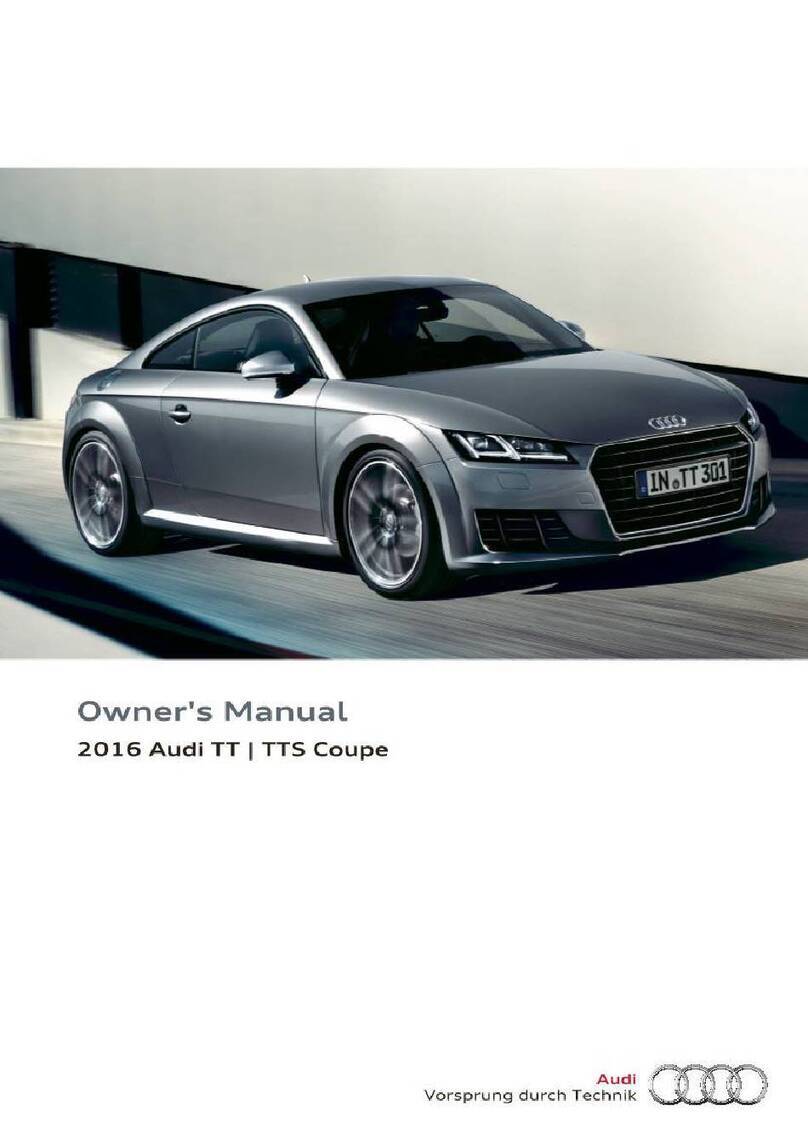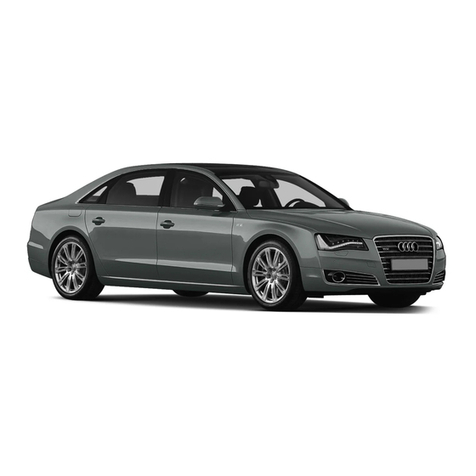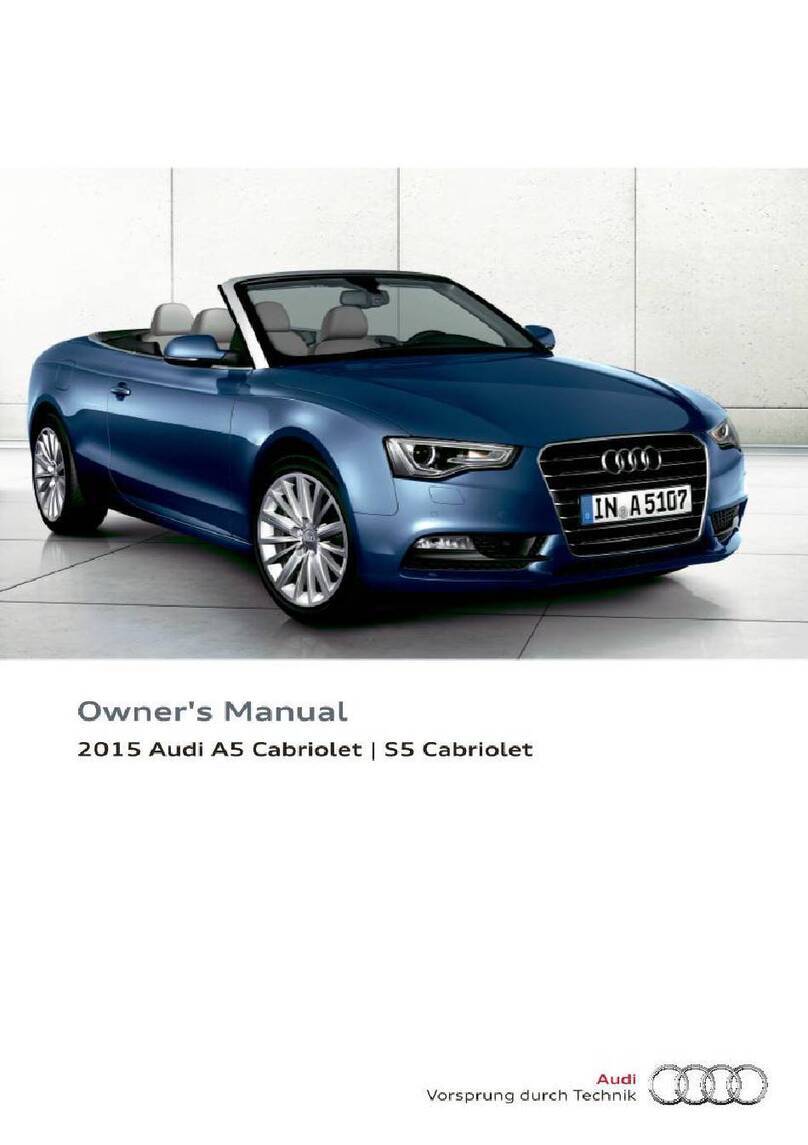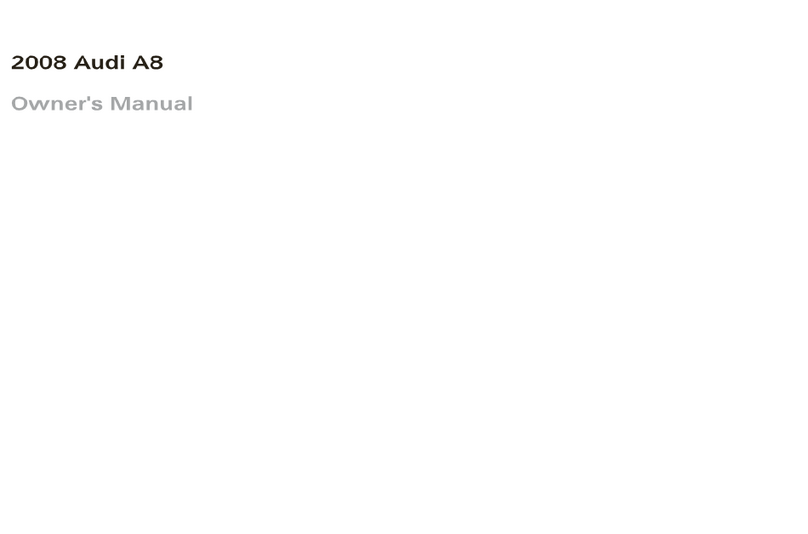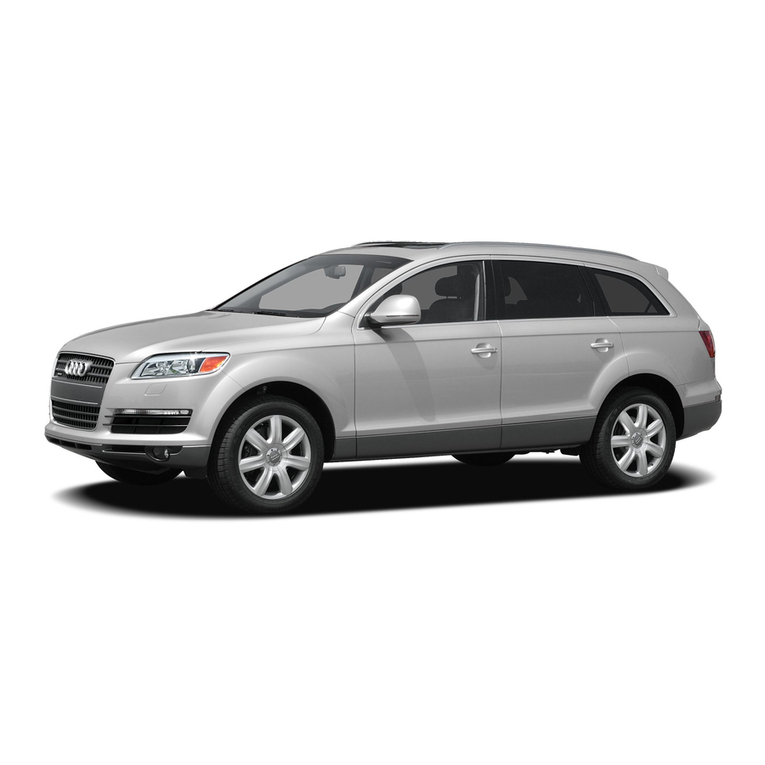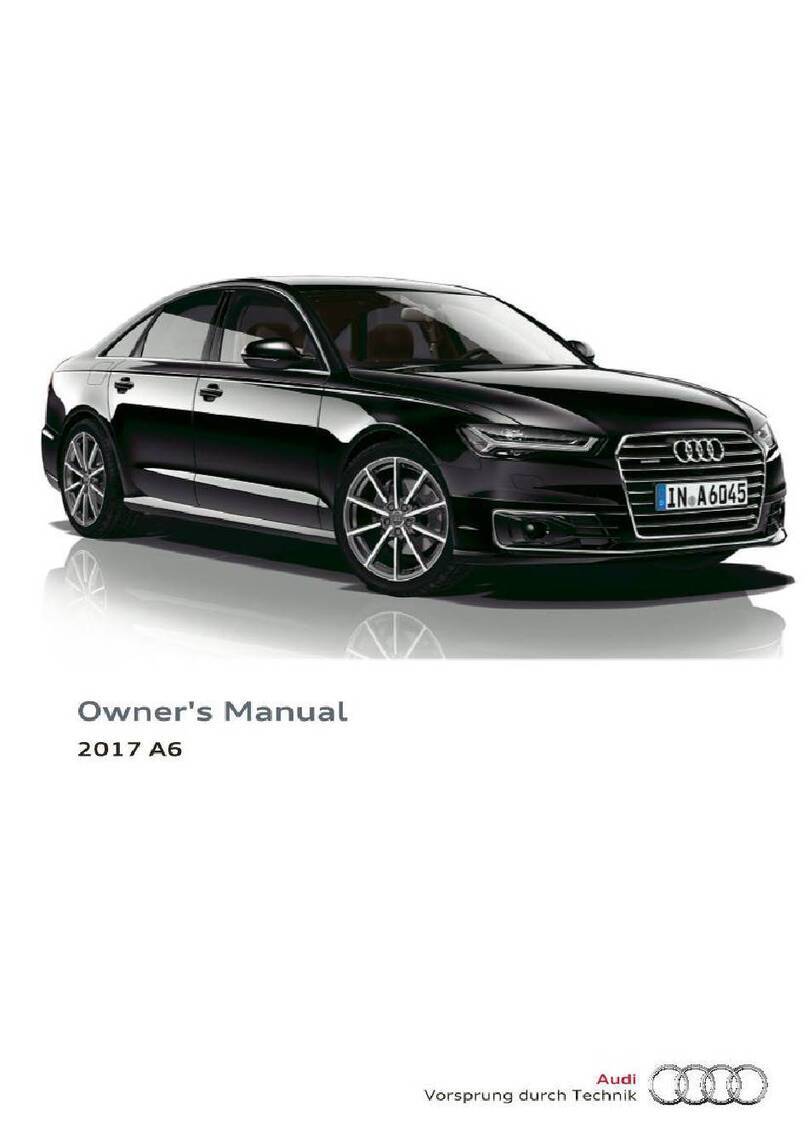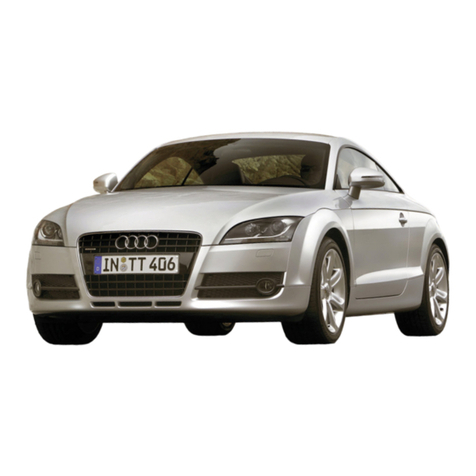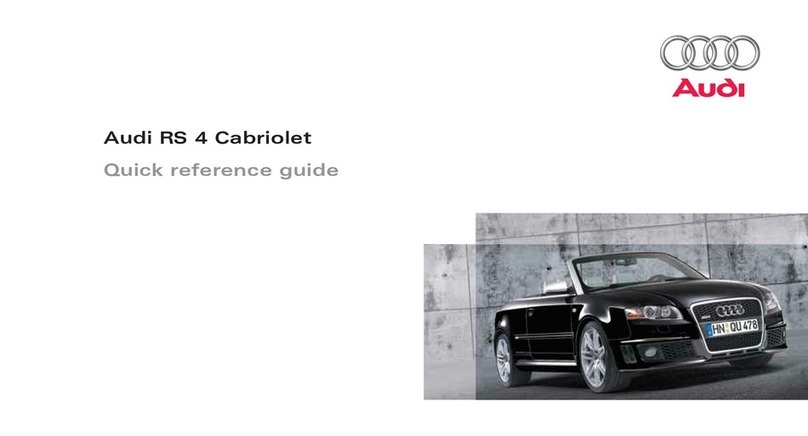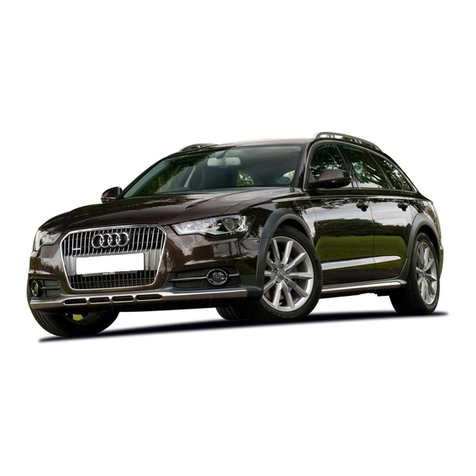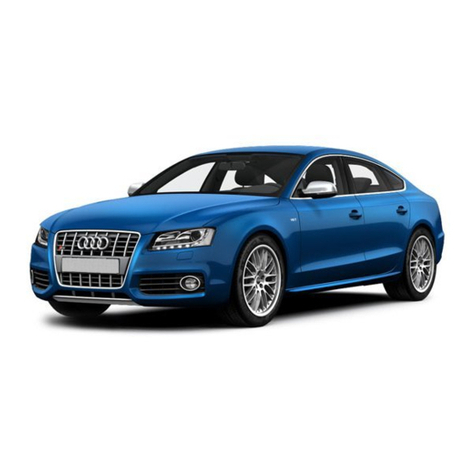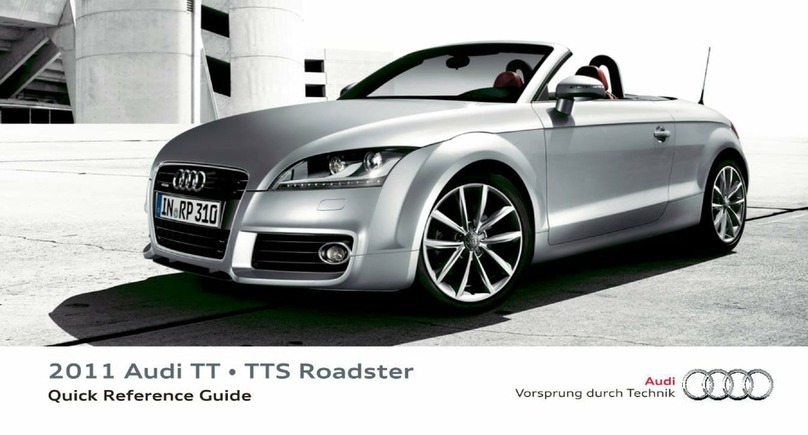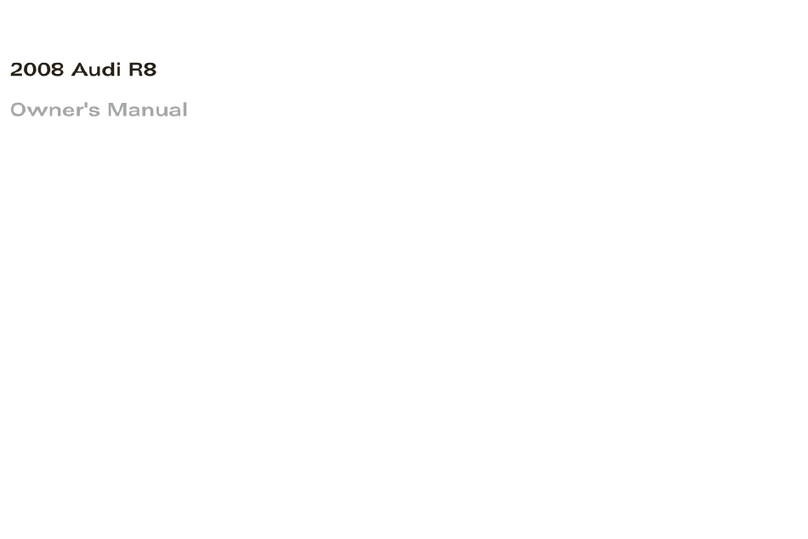!
3
Introduction
Presentation ________________________________________________________________________________________________________________________________________ 4
Dimensions _________________________________________________________________________________________________________________________________________6
Body
Design _______________________________________________________________________________________________________________________________________________ 8
Technical features and occupant protection __________________________________________________________________________________________________ 10
Interior ____________________________________________________________________________________________________________________________________________ 11
2.5l R5 TFSI engine
Introduction ______________________________________________________________________________________________________________________________________ 12
Specifications _____________________________________________________________________________________________________________________________________ 14
Cylinder block _____________________________________________________________________________________________________________________________________ 15
Crank train ________________________________________________________________________________________________________________________________________ 17
Cylinder head _____________________________________________________________________________________________________________________________________ 19
Chain drive ________________________________________________________________________________________________________________________________________ 20
Belt drive __________________________________________________________________________________________________________________________________________ 21
Positive crankcase ventilation ___________________________________________________________________________________________________________________ 22
Crankcase breather _______________________________________________________________________________________________________________________________ 24
Oil supply __________________________________________________________________________________________________________________________________________ 25
Cooling circuit ____________________________________________________________________________________________________________________________________ 27
Air supply __________________________________________________________________________________________________________________________________________ 28
Exhaust system ___________________________________________________________________________________________________________________________________ 32
Fuel system ________________________________________________________________________________________________________________________________________ 33
System overview __________________________________________________________________________________________________________________________________ 34
Engine management _____________________________________________________________________________________________________________________________ 36
Power transmission
Manual gearbox 0A6 _____________________________________________________________________________________________________________________________ 39
Drive concept _____________________________________________________________________________________________________________________________________ 41
Suspension system
Introduction ______________________________________________________________________________________________________________________________________ 43
Audi magnetic ride _______________________________________________________________________________________________________________________________ 44
Wheels and tyres _________________________________________________________________________________________________________________________________ 45
Brake system ______________________________________________________________________________________________________________________________________ 46
Service
Maintenance work ________________________________________________________________________________________________________________________________ 47
New special tools for the TT RS _________________________________________________________________________________________________________________ 47
Annex
Glossary ___________________________________________________________________________________________________________________________________________ 49
Test yourself_______________________________________________________________________________________________________________________________________ 50
Summary __________________________________________________________________________________________________________________________________________ 51
• This Self-Study Programme teaches the basics of the design and function of new models, automotive
components or technologies.
It is not a Repair Manual. The values specified are for illustrative purposes only and refer to the software
version valid at the time of preparation of the SSP.
For further information about maintenance and repair work, always refer to the current technical literature.
Terms which are indicated in italics and marked by an asterisk (*) are explained in the glossary at the back of
this Self-Study Programme.
Reference
Note
Contents
